De Minimis Is Fading, and AI Is Your Lifeline
The flood of full customs entries has started, and AI is the only way for customs brokers to keep up. It handles the prep work, so your team can focus on what only brokers can do. Hiring can’t keep up – turnover is high, complexity is rising, and training just can’t scale fast enough. With […] The post De Minimis Is Fading, and AI Is Your Lifeline appeared first on .

The flood of full customs entries has started, and AI is the only way for customs brokers to keep up. It handles the prep work, so your team can focus on what only brokers can do.
Hiring can’t keep up – turnover is high, complexity is rising, and training just can’t scale fast enough.
With de minimis on life support, falling behind isn’t a long-term risk – it’s a near-term reality if you don’t take action now. This turning point is also speeding up the rise of AI in supply chain management, as logistics leaders turn to automation not just to cope but to compete.
0 | The Big Picture: This Isn’t Just About Type 86
Under Section 321 of the Tariff Act of 1930, Customs and Border Protection (CBP) allows duty-free clearance for shipments valued at $800 or less, commonly referred to as de minimis entries. This provision helped fuel the rise of e-commerce imports, especially from Asia.
But starting May 2, 2025, CBP will exclude shipments from China and Hong Kong from this de minimis treatment. In other words, they will no longer qualify for simplified clearance via Entry Type 86. Instead, each shipment will require either a formal or informal entry, depending on value and eligibility.
For customs brokers and logistics providers, this introduces a new scale of complexity. The real challenge isn’t just adjusting to a rule – it’s preparing for a future where exceptions are common, documentation is messier, accuracy and speed are a competitive edge. This is where AI in supply chain planning can be a game-changer; it allows you to navigate complexity with foresight, not just efficiency.
1 | It Started With Good Intentions: From $200 to $800 to… Backpedal
In 2016, Congress raised the de minimis threshold from $200 to $800 through the Trade Facilitation and Trade Enforcement Act. The rationale was straightforward: lower administrative burdens, promote e-commerce growth, and let CBP focus on higher-risk, higher-value shipments.
The bet worked – but maybe too well. Then COVID hit, and e-commerce exploded. The world changed its purchasing habits almost overnight, pushing volumes far beyond what the original rulemakers could have anticipated.
By Fiscal Year 2023, CBP was processing over one billion de minimis shipments annually, 88% arriving by air. Entry Type 86 became the de facto pathway: duty-free, low-touch and API-friendly. But as volumes spiked, two unintended consequences followed:
Enforcement blind spots widened – Type 86 offered no duties, minimal targeting and limited visibility into product origins, valuation methods, or restricted content.
De minimis was used to route around tariff structures, especially for Section 301-affected goods, undermining the intent of U.S. trade enforcement.
“The de minimis exception, while originally well-intentioned, has become a tool for tariff circumvention, especially for goods subject to punitive measures under Section 301.”
– Testimony before the U.S.-China Economic and Security Review Commission, 2023
Type 86 was introduced to bring Partner Government Agency (PGA) data requirements into the Section 321 process, particularly for regulated goods like FDA imports. It became a preferred option for e-commerce shippers who needed to comply with PGA requirements while still taking advantage of de minimise.
To tighten enforcement, CBP is carving out an exception: beginning May 2, 2025, shipments from China and Hong Kong will no longer be eligible for Section 321 clearance. These parcels must now be declared through full customs entries. Guidance around thresholds and eligibility continues to evolve, especially for goods affected by Chapter 99 provisions.
“Before Type 86, carriers often filed 321s directly without broker involvement. But as PGA reporting and classification complexity grew, brokers were pulled back into the process, just as volumes exploded.”
– Adrienne Williams, GHY
Staffing isn’t a scalable answer. And for this reason, many forwarders are now investing in AI in logistics to reduce repetitive manual work and optimize resource allocation across high-volume accounts.
Turnover in clerical logistics roles exceeds 25% annually, according to Harver’s 2024 Logistics Retention Study. Meanwhile, processing complexity is rising faster than training pipelines can keep up.
Consider a typical ops desk at 8:45 a.m. last year: 400 parcels could be cleared with minimal keystrokes. That same workload today? Each box might require classification, valuation logic and even PGA screening… And the headcount? It’s still the same.
This is the new post-321 reality. And the operations leaders who will win in it won’t just file more entries; they’ll engineer workflows that absorb chaos, scale expertise and reclaim time without burning out teams.
2 | From Chaos to ‘Kitchen Ready:’ Turning Documents Into Prepped Ingredients
Chefs don’t beat the dinner rush by cooking faster; they beat it by having every ingredient ready. For customs brokers, every compliant entry resembles a plated dish:
Ingredient
SKU-level details, country of origin (COO), invoice currency, weights, dimensions, materials, trade program flags
Recipe
Entry type logic, Section 301/232/IEEPA evaluation, PGA flags, valuation method, audit-ready formatting
Dish
A complete and compliant CBP entry: cleared, documented and ready to withstand scrutiny
But the problem isn’t just volume – it’s inconsistency. One shipment arrives with a clean PDF and structured line items. The next? A photo of a handwritten packing list, two invoices with different currencies and a supplier email that vaguely references “metal parts.” Getting the ingredients and prepping them is half the battle.
PaperEntry AI, your AI “Sous-Chef,” doesn’t make the meal, but it ensures everything the chef needs is clean, labeled and ready to use.
It pulls data from PDFs, scans and emails. It identifies gaps, mismatches and missing fields. It standardizes formats, consolidates multi-source inputs and applies logic checks that mirror what experienced brokers would do manually. That’s what we mean by “prepping” – not just finding the ingredients, but scrubbing, sorting and staging them so they’re immediately usable.
Then your team – human experts trained in entry types, valuation strategy and regulatory nuance – step in to apply the recipe, escalate edge cases and finalize the entry.
Performance Across 30+ Brokers and Forwarders:
KPI
Result
Extraction Accuracy
97%+
Prep-Time Reduction
60–70%
Pages Processed per Month
1M+
Average Leadership Satisfaction Score
9.3 out of 10
That impact – cleaner data, faster entry prep, better outcomes – is echoed by long-time customers like Transmodal, who noted:
“The product itself enhances our accuracy in US Customs entries and provides a faster method to produce the entries themselves.”
– VP of Customs & Compliance, Transmodal
In most brokerage teams, mornings used to start with 10 tabs open: Slack threads, ABI queries, layered PDFs and multiple trackers. Now, with the AI sous-chef, the workflow starts differently. The invoice arrives, data gets extracted and validated automatically, and the human operators jump straight to classification and escalation work, where their expertise delivers the most value.
The recipe still belongs to your compliance team. PaperEntry AI just makes sure the pantry is stocked, sorted and sanity-checked – every single time.
3 | Workflow Integrity: Building for Change, Not Just Speed
The post-de minimis era demands more than faster processing; it requires stable, transparent workflows that can flex with regulation.
Leading trade operations are reinforcing their digital infrastructure with:
- Business logic checks that catch missing SKU values, mismatched currencies, or any other supplier-specific nuances.
- Stop-sign logic that prevents incomplete or high-risk data from entering the TMS until reviewed by a customs broker.
- Timestamped prep sheets that show every manual touch: what changed, when and by whom, ensuring audit resilience.
“Their tailored, cutting-edge AI and digital solutions have significantly improved our productivity and accuracy, reduced risks, and supported our digital transformation efforts.”
– Frederic Wilhelm von Bismark, Director of Digital Transformation, JAS Worldwide
“The validations and checks are key selling points; it reassures our clients and enhances compliance.”
– Alison Peters, Corporate Licence Holder, UTC Overseas
PaperEntry AI doesn’t replace judgment. It extends capacity by ensuring that every operator begins with a structured, sanity-checked data set. That’s how leading brokers absorb more volume without growing headcount and still keeping compliance teams in control. At its core, this is what AI in supply chain management is for: enabling brokerage operations to future-proof infrastructures as regulations evolve.
4 | Rolling Out a “Sous-Chef” in Three Courses
PaperEntry AI doesn’t replace your team – it multiplies their output by removing the chaos at the start of every entry.
Here’s an example of how an organizations can rollout this tool across key stages:
Stage
Scope
Success Measures
Crawl
(Month 1)
5–10 high-volume accounts, 1–2 power users
Extraction is accurate; users trust the hand-off
Walk
(Quarter 1)
(QuarExpand to a region or business unitter 1)
More time for tariff review and client communication
Run
(Year 1)
Broad rollout across verticals and lanes
Sustained 60%+ prep-time reduction; majority of docs need no rework
Adoption is rarely about technology – it’s about strategic change management. Early wins with high-volume clients lead to broader buy-in. Teams move from skepticism to asking: “Can we send more lanes through PaperEntry AI?”
The Next Frontier: From Prep Work to Strategic Planning
Once you’ve tamed the chaos of document prep, something powerful happens: You gain control over your time, talent and risk.
Teams using structured data from PaperEntry AI have unlocked the capabilities of AI in supply chain planning and are starting to:
- Identify product trends and common classification pitfalls before audits hit
- Respond faster to client inquiries with cleaner, consolidated data
- Segment workloads based on entry complexity, not just client volume
That’s the future: not just reacting faster, but planning smarter.
Ready for a Taste Test?
Bring your toughest documents: multi-currency invoices, dense packing lists, battered scans, or vendor formats that always seem to change.
In a live demo, you’ll see PaperEntry AI extract, structure and validate your data in real time, with no templates and no guesswork. You’ll walk away with a clear view of how the sous-chef works, what your team would still control, and how much time you could realistically reclaim. And really, that’s what AI in logistics is all about: enhancing teams, not replacing them.
Here’s what you can look forward to:
Pick a few high-priority documents.
Watch PaperEntry AI prep them live.
Decide if our “sous-chef” is ready for a full-time station in your “kitchen.”
_Piotr_Adamowicz_Alamy.jpg?width=1280&auto=webp&quality=80&disable=upscale#)








































































![Apple Officially Releases macOS Sequoia 15.5 [Download]](https://www.iclarified.com/images/news/97308/97308/97308-640.jpg)


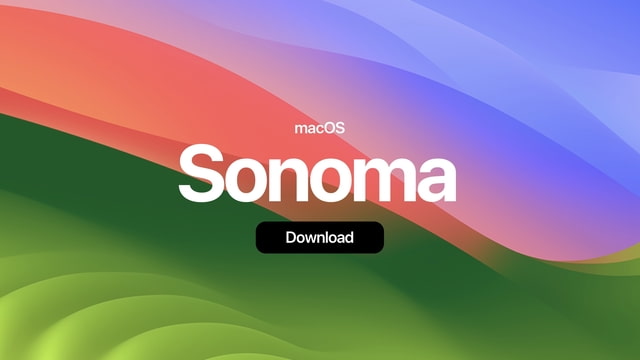



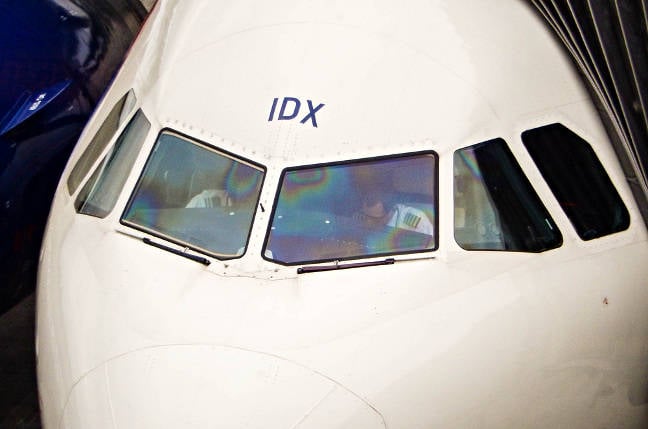

































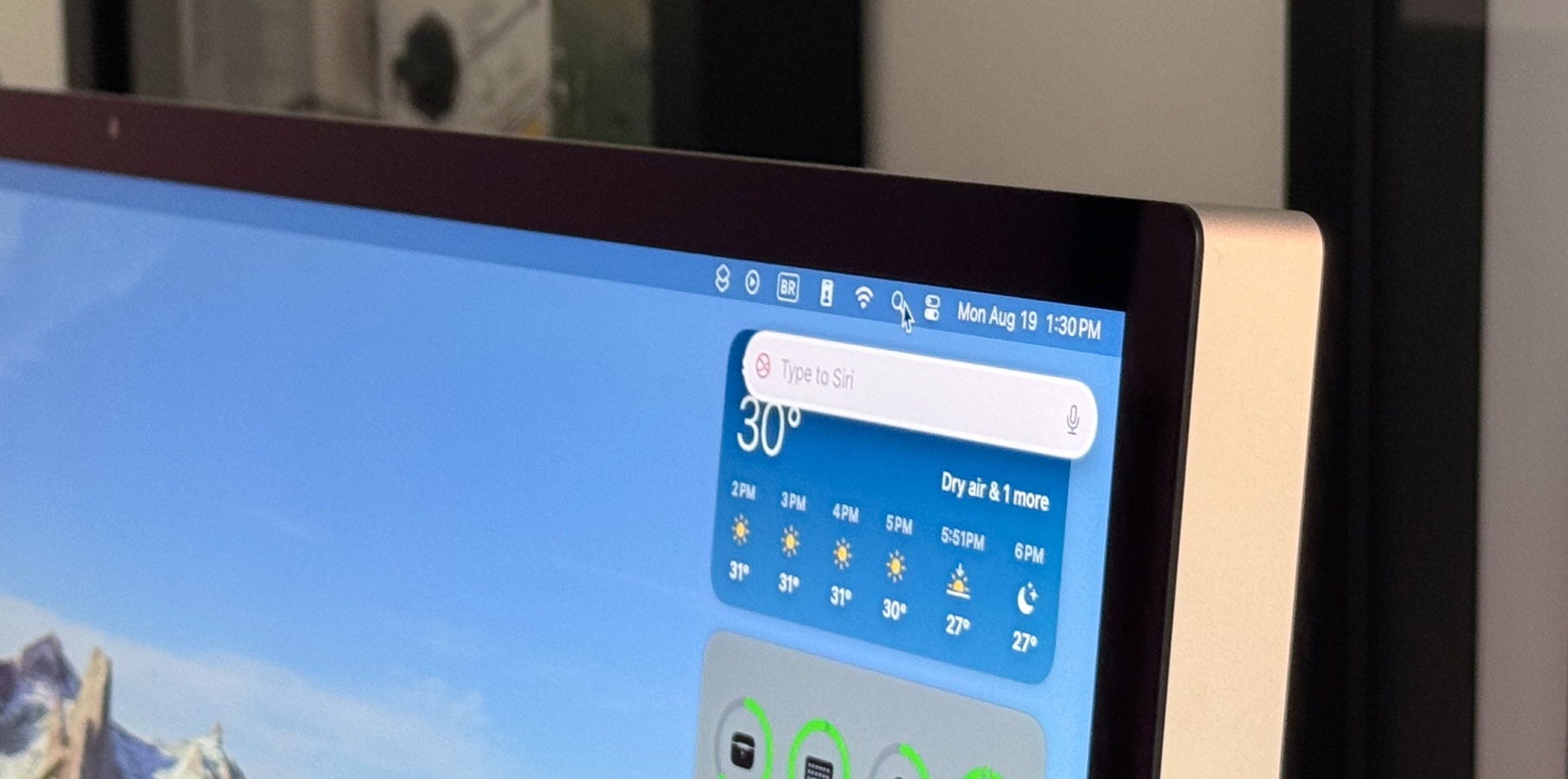

































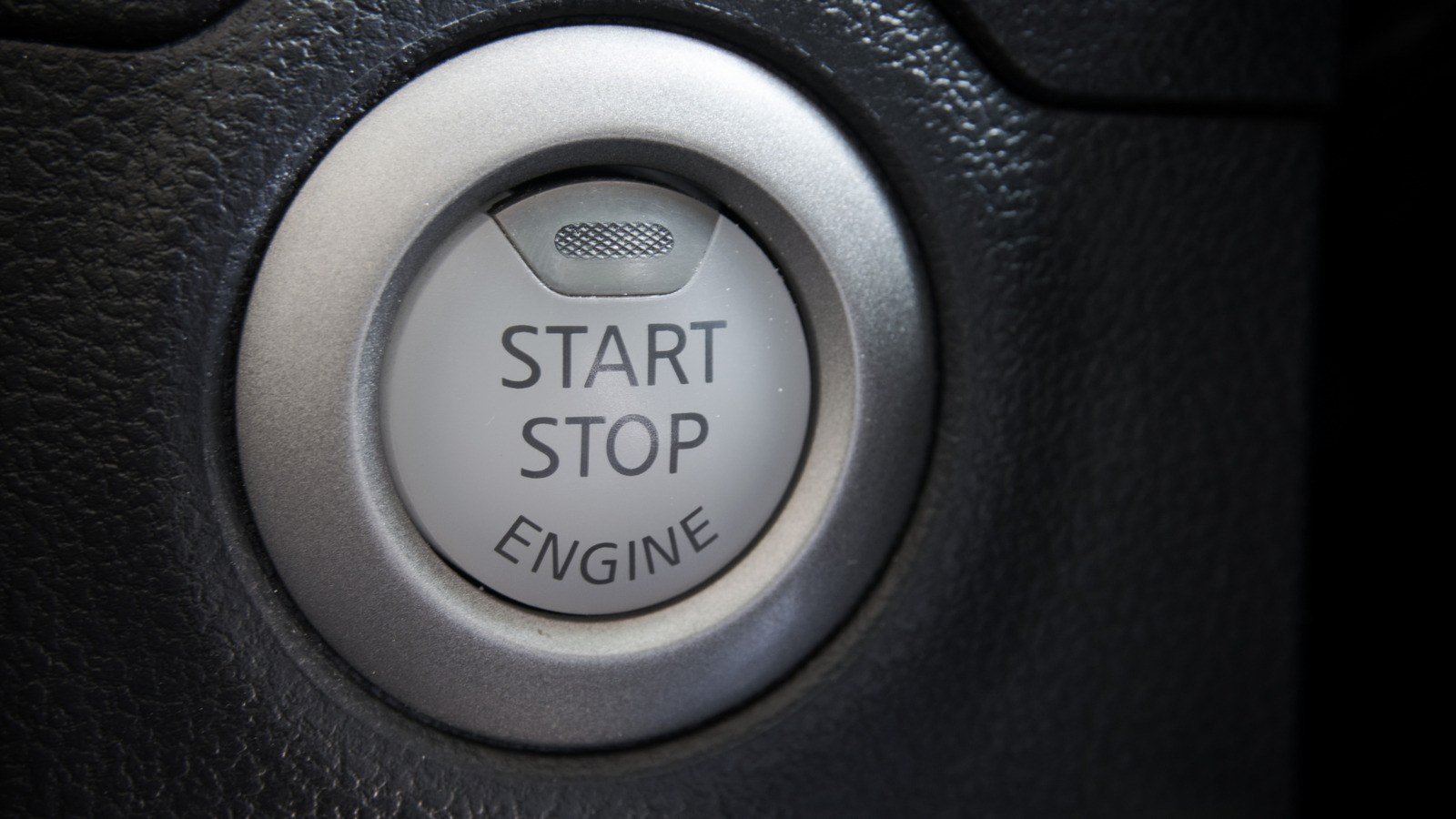








































_designer491_Alamy.jpg?width=1280&auto=webp&quality=80&disable=upscale#)








































































































































































































































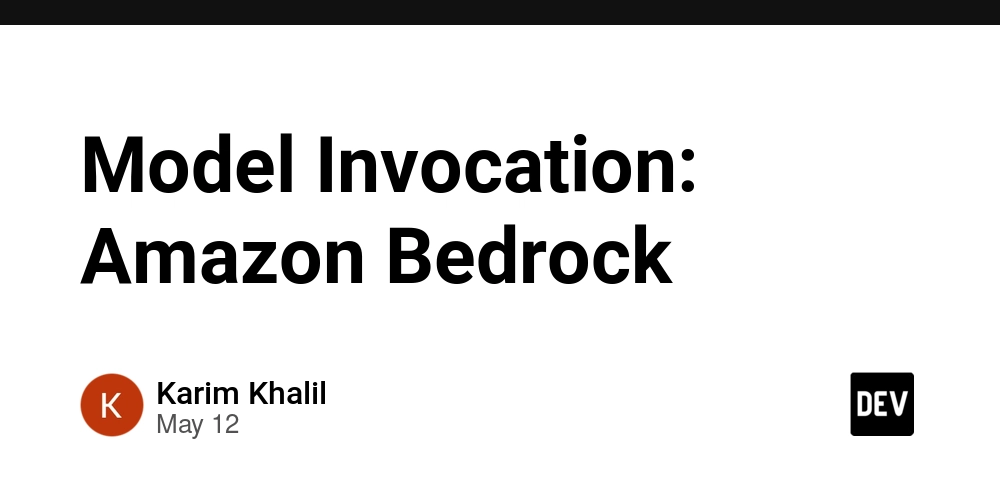












































![Ditching a Microsoft Job to Enter Startup Purgatory with Lonewolf Engineer Sam Crombie [Podcast #171]](https://cdn.hashnode.com/res/hashnode/image/upload/v1746753508177/0cd57f66-fdb0-4972-b285-1443a7db39fc.png?#)





























































































